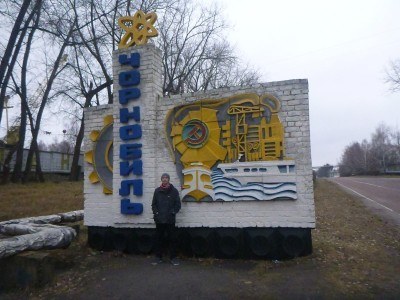
Backpacking in Ukraine: Touring the Chernobyl Exclusion Zone Tour Part 3 – Backpacking in Chernobyl Town
As with most of my journeys, I go to places without a huge amount of advance research. I find it clouds my method of thought and gives me an opinion of what to expect before I arrive. Sometimes, we go with the flow. I headed to Chernobyl with a clear head and the memory of studying the disaster in a Geography Assignment during the 1990s at school. Despite that school assignment, I wasn’t aware that there is still an actual town called Chernobyl, nor that it still lives on, with a population.
So after the trip from Kiev and passing through the Dityatki Checkpoint into the Chernobyl Exclusion Zone, the next stop was in Chernobyl Town itself. Chernobyl Town itself is about 21 kilometres inside the CEZ.
There was an entrance sign to the town itself. The same entrance sign which existed some 29 years prior, when the Chernobyl disaster occurred. We all pose for photos of the entrance to Chernobyl town and Misha briefs us on the history of the town, which takes its name from a common wormwood, which is чорнобиль or “chornobyl” in Ukrainian. When this small settlement was formed, its residents would have no idea how sadly infamous the name of “Chernobyl” would become.
Its infamous of course with no thanks to the naming of the nuclear power plant (some 14 kilometres away) as Chernobyl, despite the fact that the power plant was closer to the towns of Pripyat and Kopachi, both of which I visited on this day tour.
In Chernobyl itself, we make three stops. One is at the entrance to the town and the second stop is in the town centre. The final stop is at an administrative office and outdoor exhibition.
At the first stop we see a memorial to the deaths from the disaster and a map of the Chernobyl Exclusion Zone on the ground, in aerial view with each affected town or village appearing on the map.
In the town, there is a fire station, a pub, a shop and we see the remains of some restaurants and buildings which were evacuated in the aftermath of the disaster. All the buildings have been cleared of radiation risk by now yet they have not been bulldozed. This includes the old town hall in the square.
The town is dark, grey, drab and grim. This is not a case for Top Backpacking Sights of Chernobyl.
A notable Lenin statue still stands at the end of “Soviet Avenue”. Soviet Avenue is still the name of the main street through Chernobyl. We see people getting on with their daily lives here, but not many people. A mint coloured restaurant on the main street looks desolate and as if it has seen better days. It has, of course.
The current permanent population of the Chernobyl Exclusion Zone as of December 2015 is 162. Half of them live in Chernobyl Town itself, the rest are housed in 10 villages in the southern and relatively clean part of the CEZ.
From my short time in Chernobyl Town, I personally felt it wasn’t the sort of place I’d like to live in. It seemed like a sad and lonely place with too much history. It’s not often I visit places and say I wouldn’t ever live in them, but with Chernobyl Town, I don’t really want to go back there. I’ve been there and seen it and writing about it now, and that will be it.
On the way out of the town of Chernobyl we also see a grey stone memorial to the fighters who helped save lives and disinfect areas of radiation following the disaster.
And then we glance down at a river which has some sunken ships. These ships have be left to ruin, their interiors probably containing a high amount of radiation ever 29 years after the explosion.
The town is clean and colourful in its buildings, but a dull grey sky and some bumpy road networks give us the impression that something bad happened here. Well it did. The entire town is drab and lonely.
We have a quick stop off at a small car park area which has a mini outdoor museum with a small exhibition. The exhibition is of vehicles and items used in and around Chernobyl at the time of the disaster. Things like tanks, trucks and radiation detecting devices are included here.
It is here that Misha also shows us some photos of Chernobyl in the aftermath of the disaster and we flick through pages of a book, which is written in Ukrainian.
There is also a building which is an administration and research centre, currently in use with workers working here daily.
Our next stop after this and part 4 on the journey would be to a secret Soviet Radar System. It’s no longer a secret of course, but it is housed in a dense forest and was planned immaculately by the former USSR government, unknown to exist by other states.
Here’s some light music for you as this was a dark day and this article was dark for me to write.
Here are some videos of my time backpacking in Chernobyl Town:


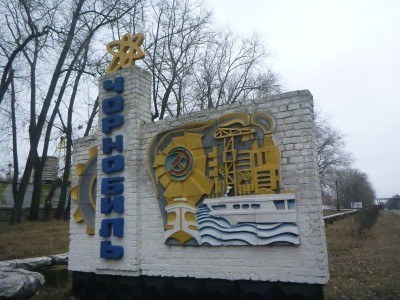
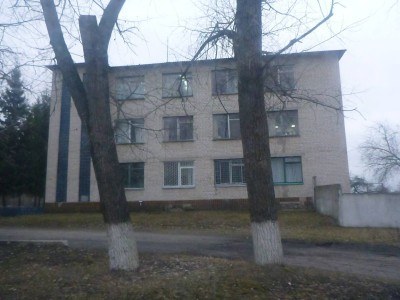
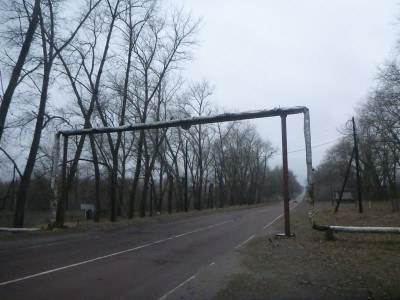
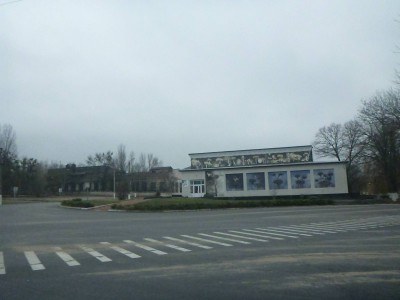
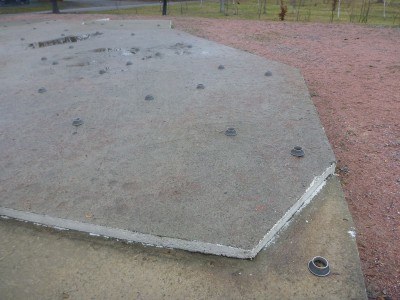
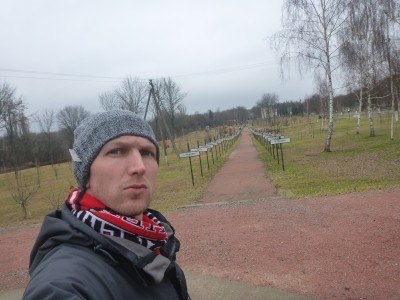

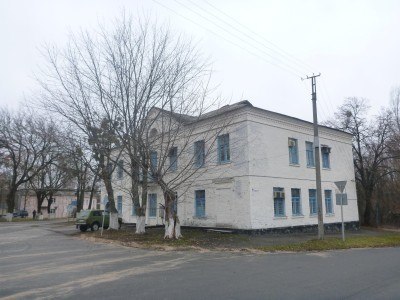
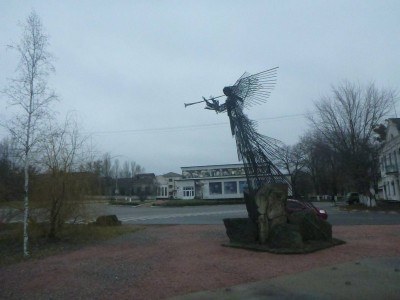
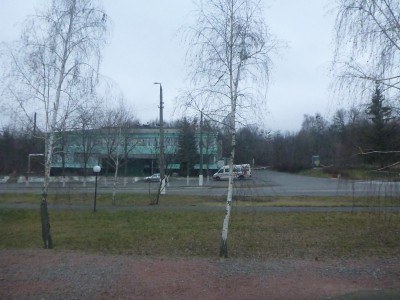
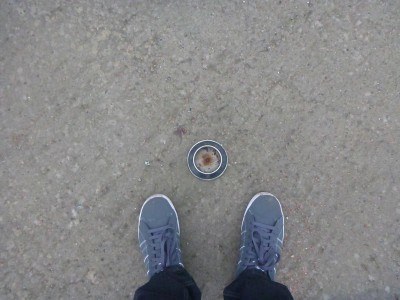
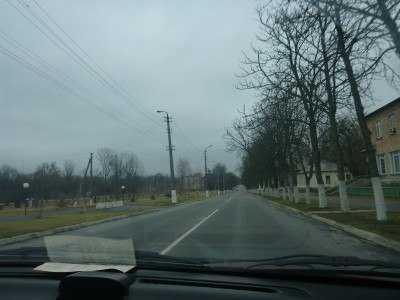
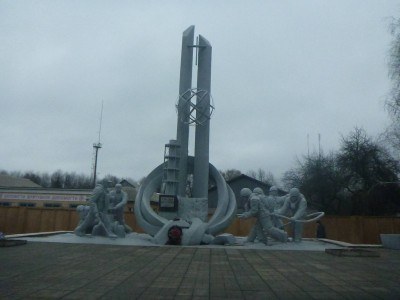
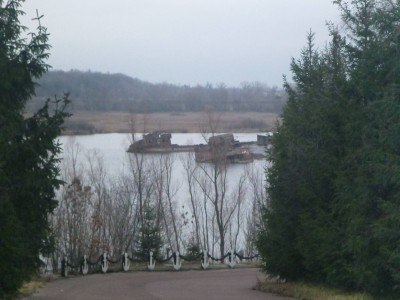
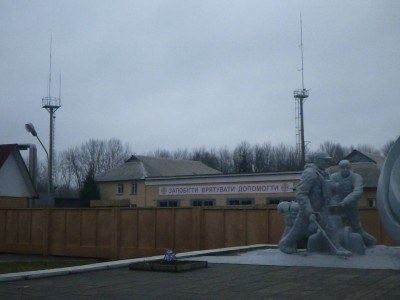
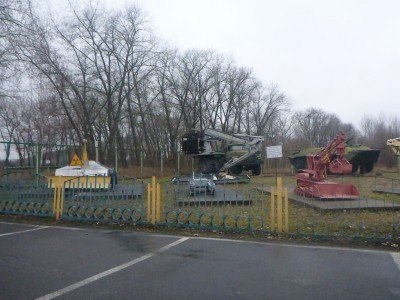
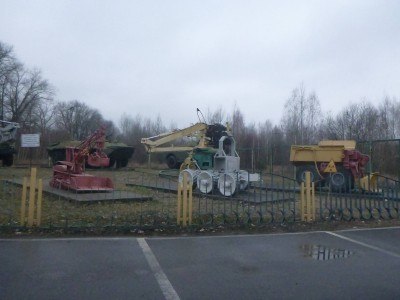
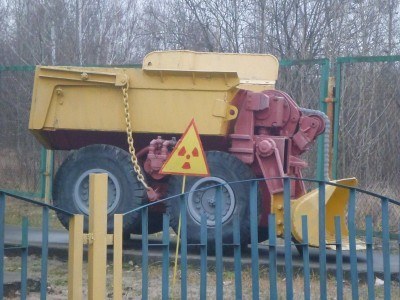
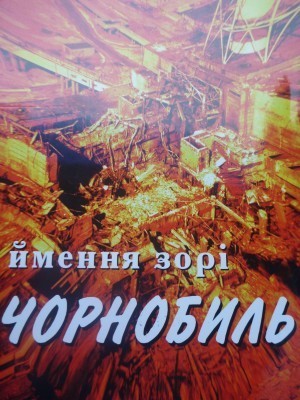
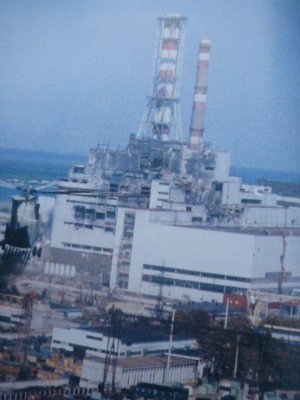
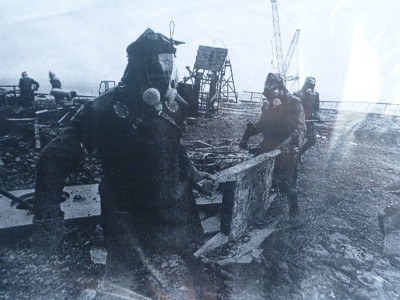
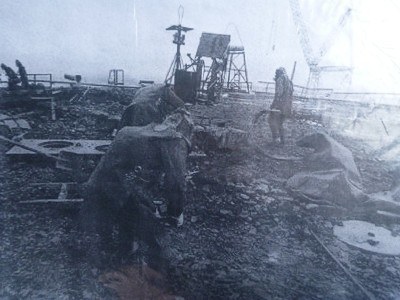
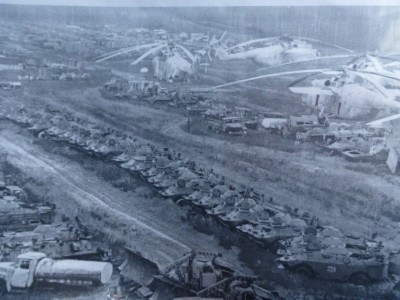
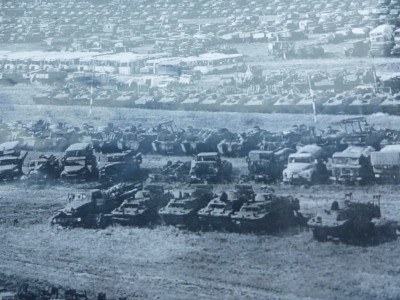
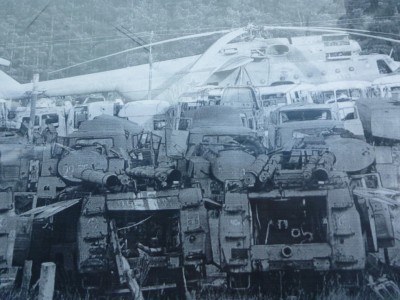
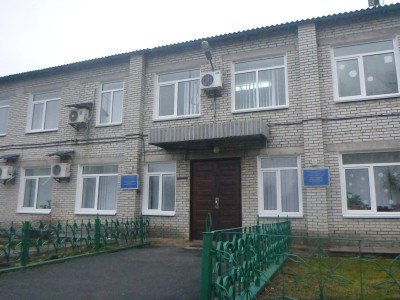
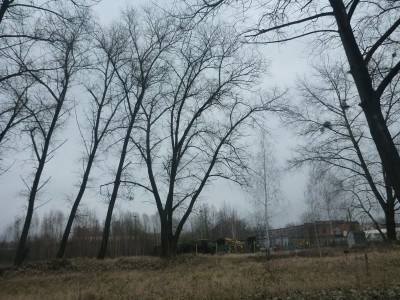
That is both amazing and insane that people still live in Chernobyl. How long did your guide say it would take before this area might be considered “safe” for habitation again? Or is that even possible?
Hi Ray, it was a question we didn’t really ask. It just feels like there is no point in ever inhabitating the area again in large numbers, not just the risk but for the history. There are much more beautiful parts of Ukraine and Belarus for people to live in, and if I was from one of those countries, I would never consider living anywhere near the CEZ. Safe travels. Jonny